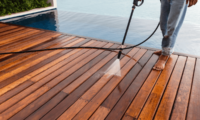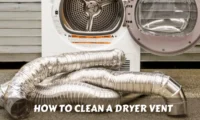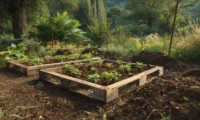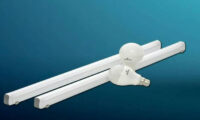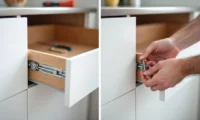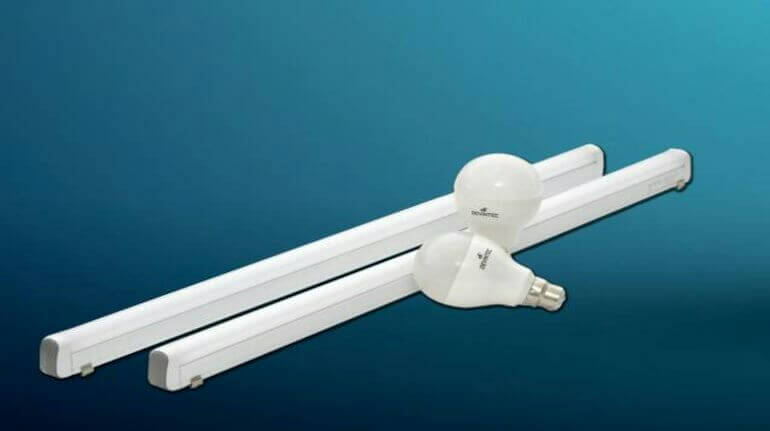You know that sound.
- Why Your Stairs Are Making That Awful Noise
- What You’ll Need (No Fancy Tools Required)
- 💖 You Might Also Like
- Step 1: Find the Squeaky Spots
- Step 2: Access the Problem Areas
- Step 3: Fix Those Loose Connections
- ✨ More Stories for You
- Step 4: Deal with the Carpet Runner
- Advanced Fixes for Stubborn Squeaks
- Common Mistakes That Make Things Worse
- 🌟 Don't Miss These Posts
- When to Call a Professional
- Preventing Future Squeaks
- Frequently Asked Questions
- Can I fix squeaky stairs without removing the carpet runner?
- How long does this repair usually take?
- Will the screws damage my hardwood stairs?
- Why do my stairs only squeak at certain times?
- Should I use WD-40 or other lubricants?
- Can I prevent squeaks when installing new carpet runners?
- The Bottom Line
That annoying creak every time you walk upstairs at night.
Your hardwood stairs are squeaking like crazy under that carpet runner, and it’s driving you nuts.
I get it.
Last month, I helped my neighbor tackle this exact problem.
She was ready to rip out the entire staircase.
But here’s the thing – fixing squeaky hardwood stairs under carpet runner is way easier than most people think.
Why Your Stairs Are Making That Awful Noise
Before we fix anything, let’s figure out what’s going on.
Stairs squeak for three main reasons:
Loose nails or screws When the wood moves against metal, it makes noise.
Gaps between boards Wood shrinks and expands with weather changes.
Worn out carpet padding Old padding loses its cushioning power.
The carpet runner actually makes this worse sometimes. It hides the problem but doesn’t fix it.
What You’ll Need (No Fancy Tools Required)
Here’s your shopping list:
- Screws (2.5 to 3 inches long)
- Drill with screwdriver bits
- Hammer
- Wood glue
- Thin wooden shims
- Carpet knife (if you need to lift the runner)
- Flashlight or phone light
Total cost? Maybe $20-30.
Way cheaper than calling a contractor.
💖 You Might Also Like
Step 1: Find the Squeaky Spots
Walk up and down your stairs.
Step on different parts of each step.
Mark the noisy spots with tape or chalk.
Pro tip: Do this barefoot or in socks. You’ll feel the loose boards better.
Most squeaks happen at the front edge of the step. That’s where you put most of your weight.
Step 2: Access the Problem Areas
Option A: Work from underneath (if possible)
If you can get under your stairs, this is the easiest route.
Look for gaps between the step and the riser. These gaps are squeak factories.
Option B: Work from the top
Sometimes you need to carefully lift the carpet runner.
Don’t worry – you won’t ruin it if you’re gentle.
Use a carpet knife to cut the tack strips if needed.
Step 3: Fix Those Loose Connections
For loose boards:
Drive 3-inch screws through the step into the support beam below. Make sure the screw head sits flush with the wood.
For gaps between step and riser:
Squeeze wood glue into the gap. Then drive a screw to pull the pieces tight together.
For really stubborn gaps:
Tap thin wooden shims into the space. Trim off the excess with a knife.
The key is making everything tight again.
✨ More Stories for You
Step 4: Deal with the Carpet Runner
Here’s where most people mess up.
They think the carpet is the problem. It’s not.
The carpet is just covering up the real issue.
Once you’ve fixed the wooden parts, put the runner back exactly how it was.
Make sure it’s not too tight. Tight carpet can actually create more squeaks by restricting wood movement.
Advanced Fixes for Stubborn Squeaks
Some squeaks are sneaky.
Try these if the basic fixes don’t work:
- Add blocking between joists (if you can access from below)
- Use construction adhesive on loose boards
- Install metal brackets for extra support
- Replace worn carpet padding under the runner
Common Mistakes That Make Things Worse
I’ve seen people make these errors:
Using nails instead of screws Nails work loose over time. Screws stay put.
Over-tightening everything Wood needs room to move a little. Too tight and you’ll crack something.
Ignoring the subfloor Sometimes the problem is deeper than just the steps.
Rushing the job Take your time. Do it right once instead of fixing it twice.
🌟 Don't Miss These Posts
When to Call a Professional
Look, I’m all about DIY.
But sometimes you need backup.
Call a pro if:
- Multiple steps are sagging (structural issue)
- You find rotted wood (safety hazard)
- The whole staircase feels wobbly (major repair needed)
- You’re not comfortable with tools (no shame in that)
Preventing Future Squeaks
Keep humidity stable Use a humidifier in winter. Run AC or dehumidifier in summer.
Check screws annually Quick walk-through to catch loose spots early.
Don’t ignore small noises Little squeaks become big problems.
Quality carpet padding matters Good padding absorbs impact and reduces wear.
Frequently Asked Questions
Can I fix squeaky stairs without removing the carpet runner?
Sometimes, yes. You can often work from underneath or drive screws through the carpet. But for the best results, you’ll probably need to lift the runner at least partially.
How long does this repair usually take?
Most stair squeak fixes take 2-4 hours for a full staircase. Individual steps can be done in 15-20 minutes each.
Will the screws damage my hardwood stairs?
Not if you pre-drill pilot holes and use the right size screws. The screw heads can be countersunk and filled with wood putty if needed.
Why do my stairs only squeak at certain times?
Humidity changes make wood expand and contract. That’s why stairs often squeak more in winter when the air is dry.
Should I use WD-40 or other lubricants?
No. Lubricants are temporary fixes and can attract dirt. The proper solution is mechanical – tightening loose connections.
Can I prevent squeaks when installing new carpet runners?
Absolutely. Fix any existing squeaks first, use quality padding, and don’t over-stretch the carpet when installing.
The Bottom Line
Here’s the truth about fixing squeaky hardwood stairs under carpet runner:
It’s not rocket science.
Most squeaks come from loose connections between wood pieces.
Tighten those up with screws and glue, and you’re golden.
The carpet runner isn’t your enemy – it’s just hiding the real problem underneath.
Take your time, use the right tools, and don’t be afraid to get your hands dirty.
Your stairs will thank you.
And your family will thank you for those quiet midnight trips to the kitchen.
Now stop reading and go fix those squeaky hardwood stairs under carpet runner once and for all.



